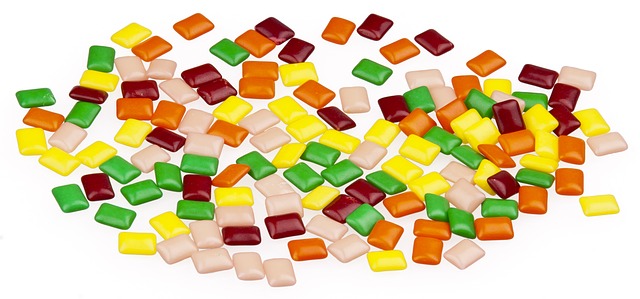Canon was a gorgeous 3-year-old Husky that loved to eat, chase cats, and snuggle. His owner, Christy Figlio of Nashville, Tennessee, says he was perfectly healthy until Saturday night when he stopped eating and began drinking excessively. By Sunday afternoon, Canon was vomiting and unable to walk. Figlio rushed him to the local vet.
“He started vomiting the water, and so, that kind of was the red flag that made us decide to take him to the hospital,” the dog mom told WMBF News. “They gave us some IV fluids, sent us home with a bunch of antibiotics and told us if he got worse, take him on to Nashville’s pet ER.”
Shortly after arriving home, Canon’s condition worsened.
“When he dropped to the floor and started shaking, I panicked,” Figlio said.
Upon arriving at the emergency veterinary hospital in Nashville, the Figlios learned the cause of Canon’s grave condition. The artificial sweetener, Xylitol.
“She [the vet] said, ‘You know, I don’t know if he’s been into any kind of peanut butter, any kind of sugar-free gum.’ And I looked at home, and we have Mentos gum and that was the No. 1 ingredient,” Figlio said.
Despite treatment, the damage to Canon’s liver was too great. Figlio made the heartbreaking decision to let him go.
“I could just tell. I knew we weren’t gonna be bringing him home. And I lost my dad a year ago, unexpectedly, and this was a very close second,” Figlio said.
The grieving dog mom wants others to be aware of just how many common food and dental products contain xylitol so they can better protect their pets.
Household items that may contain xylitol include:
- Toothpaste
- Mouthwash
- Chewing gum
- Peanut butter
- Sugar-free candy
- Sugar free breath mints
- Fruit drinks
- Jellies and jams
- Cereals
- Baked goods
- Sugar-free puddings and Jello
- Over the counter vitamin supplements
Veterinarian Dr. Eva Evans explains the deadly symptoms of xylitol poisoning in dogs:
“The first signs you’re gonna see usually are weakness, muscle tremors, inability to stand, and that progresses to seizures, as their blood sugar keeps dropping lower and lower,” Evans said.
She says if a dog eats the artificial sweetener, it’s a race against time to get them to the vet.
“It’s a true emergency because the longer you wait, the more damage it does to the liver.”

The veterinary advice website, Pet Helpful, lists the following important points to follow if your dog eats gum:
- Determine the type of gum your dog ate. Traditional sugary bubble gum may cause digestive upset, but if it does not contain xylitol, it is not toxic. However, large amounts of gum could potentially cause an intestinal blockage so monitor your pup closely.
- If the gum is sugar-free but does NOT contain xylitol, only sorbitol, aspartame, or mannitol, you should not see any ill effects.
- If your dog ingested gum with xylitol within the last half hour, call your vet. He or she may instruct you to induce vomiting at home using 3% hydrogen peroxide solution. If you cannot induce vomiting or don’t feel comfortable doing so, head to the vet immediately.
- If your dog ingested gum with xylitol longer than a half hour ago, seek veterinary treatment immediately. Even if your pooch has no external symptoms, there could still be trouble brewing inside. The earlier you seek treatment, the better the prognosis.
H/T to WMBF News & Pet Helpful
Featured Images via Facebook/Christy Lee Figlio & Facebook/Mentos
 Toledo, United States.
Toledo, United States.